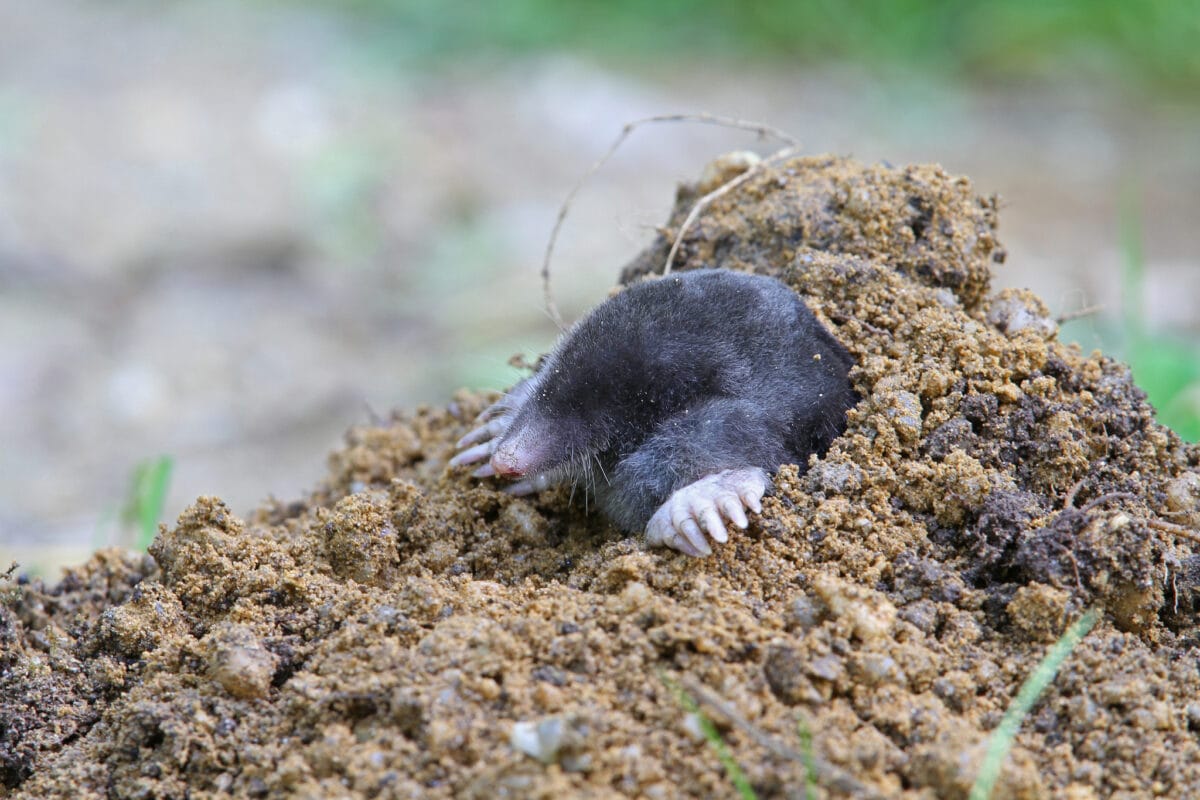Let’s discover Animals that Start with M together! Not just the familiar monkeys, moths, and mosquitoes buzzing, but many other interesting creatures. From the heights of mountain ranges where Markhors live to the mysterious depths of the oceans home to Megamouth Sharks, each creature offers a unique glimpse into the diversity of Mother Earth. Join us as we uncover the stories of these animals, each beginning with the letter M.
We’ve curated a list of animals that start with M for you to enjoy! Read the whole article or jump to any section below.
Overview of Animals that Start in M
1. Markhor
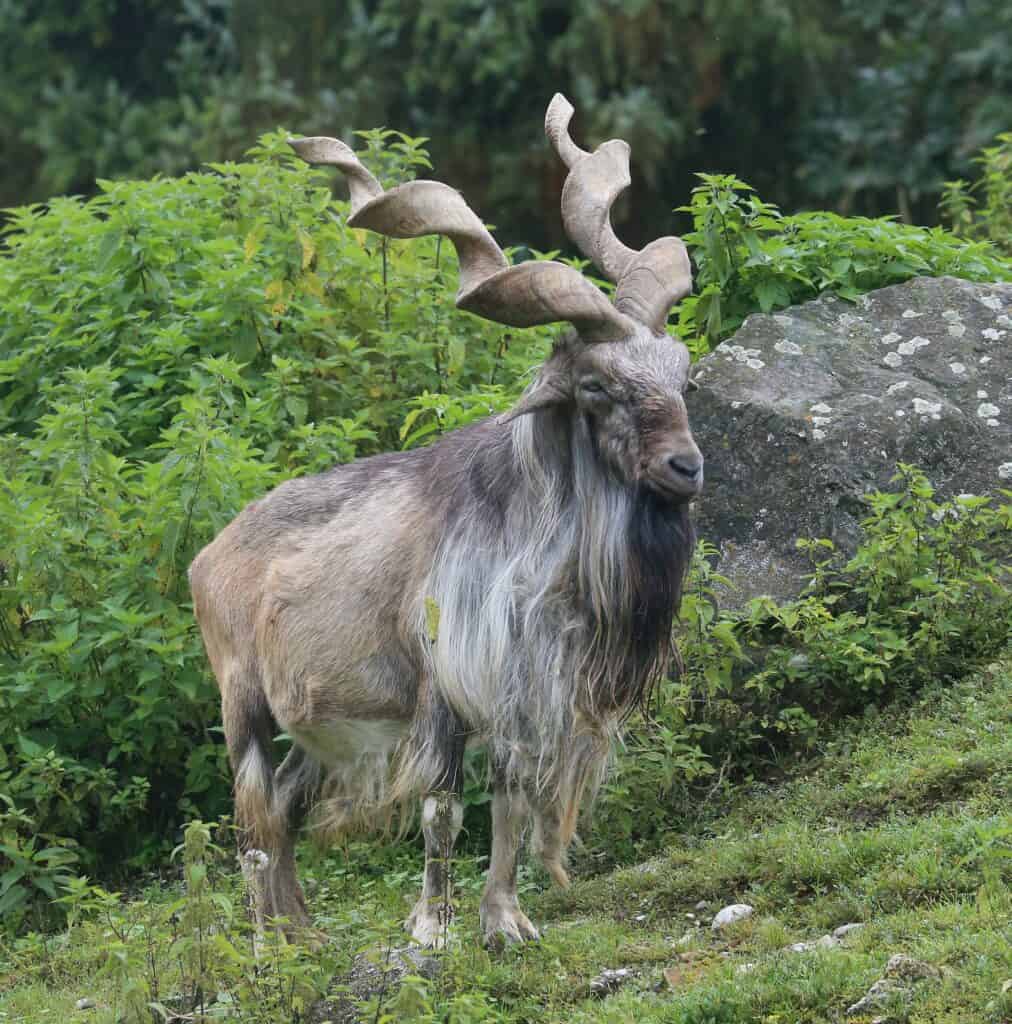
| Scientific Name | Capra falconeri |
| Where It Lives | Mountains of northeastern Afghanistan, Pakistan, Tajikistan, Uzbekistan |
| What It Eats | Shrubs, grass, herbs |
| Conservation Status | Near Threatened, according to the IUCN |
Fun Fact: The horns of mature male markhors usually reach a height of five feet.
Markhors are a species of wild goats that are easily identified by their twisted horns. Males grow up to 1.5 meters in length. They are native to the mountainous regions of northeastern Afghanistan, northern and central Pakistan, southern Tajikistan, and southern Uzbekistan. Less than 2500 individuals exist in the wild today. The species is threatened by hunting and habitat loss. The Markhor is Pakistan’s national animal.
2. Macaroni Penguin

| Scientific Name | Eudyptes chrysolophus |
| Where It Lives | Sub-Antarctic to Antarctic Peninsulas and rivers in Australia |
| What It Eats | Krill, squid, fish |
| Conservation Status | Vulnerable, according to the IUCN |
Fun Fact: Macaroni Penguins can reach a depth of 200 feet in the sea.
The Macaroni Penguin is an eye-catching species known for its distinctive bright yellow crest and black face. It is one of the most abundant penguin species, yet it faces threats from climate change and fishing pressures. These penguins breed in large colonies on sub-Antarctic and Antarctic islands. Their diet consists mainly of krill. The Macaroni Penguin’s name is thought to have been inspired by the 18th-century fashion term “macaroni” for its flashy appearance.
3. Millipede

| Scientific Name | Class Diplopoda |
| Where It Lives | Worldwide, under logs, stones, leaf litter |
| What It Eats | Decomposing vegetation |
| Conservation Status | Not Evaluated |
Fun Fact: Millipedes don’t have a thousand legs, though some have come close. The highest known number of legs on a millipede is 750.
Millipedes are easily recognized by their elongated bodies segmented into many parts. Each segment of a millipede’s body bears two pairs of legs. The millipede lineage dates back over 400 million years. Thus they have adapted to life on land before many other animals. They play a crucial role in ecosystems as detritivores, breaking down decaying plant matter and contributing to soil health. They secrete various chemicals as defense mechanisms against predators, including hydrogen cyanide, making them less palatable. Millipedes prefer moist environments and are often found under logs, stones, and leaf litter in forests worldwide.
4. MacKenzie Wolf
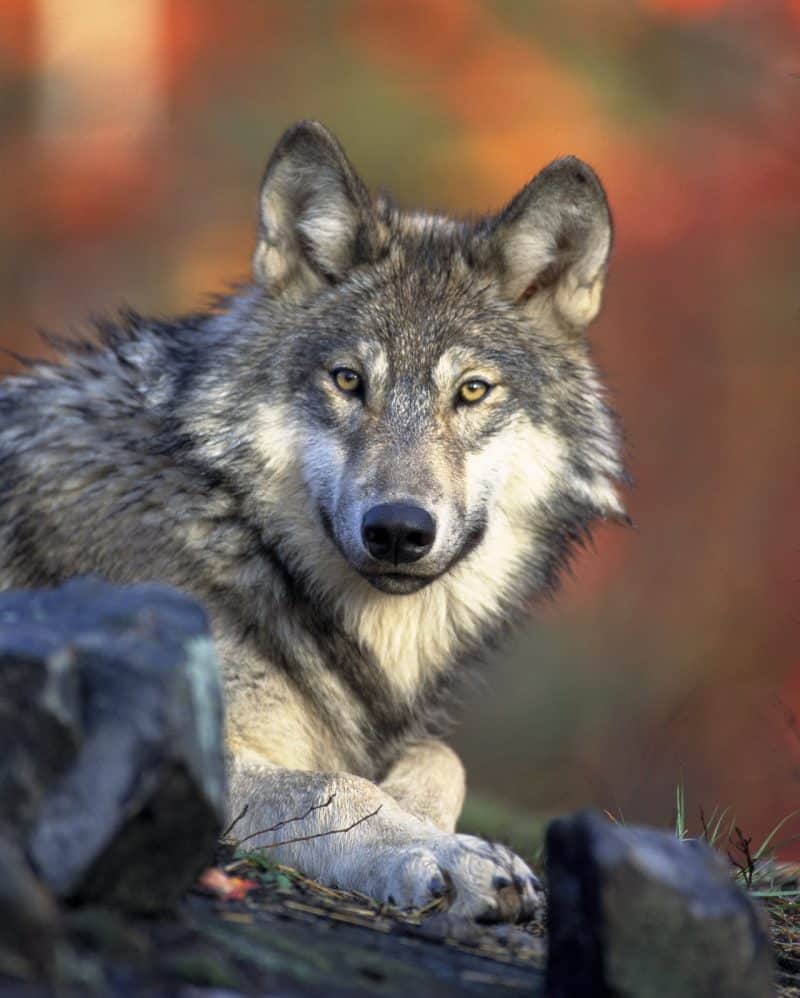
| Scientific Name | Canis lupus occidentalis |
| Where It Lives | Mackenzie River Valley, Canada |
| What It Eats | Moose, caribou, deer |
| Conservation Status | Least Concern, according to the IUCN |
Fun Fact: Only the strongest pair of MacKenzie wolves in a pack are allowed to reproduce.
The MacKenzie Wolf is a subspecies of the gray wolf found in Canada’s Mackenzie River Valley. Known for their significant size and robust build, these wolves exhibit a range of fur colors, from white to black, reflecting their adaptability to the harsh northern climate. Living in packs, they exhibit complex social structures and behaviors, hunting in groups to take down large prey such as moose and caribou. Despite facing challenges from habitat encroachment and human conflict, conservation measures have helped maintain their populations, ensuring their continued role in the ecosystem’s balance.
5. Magpie
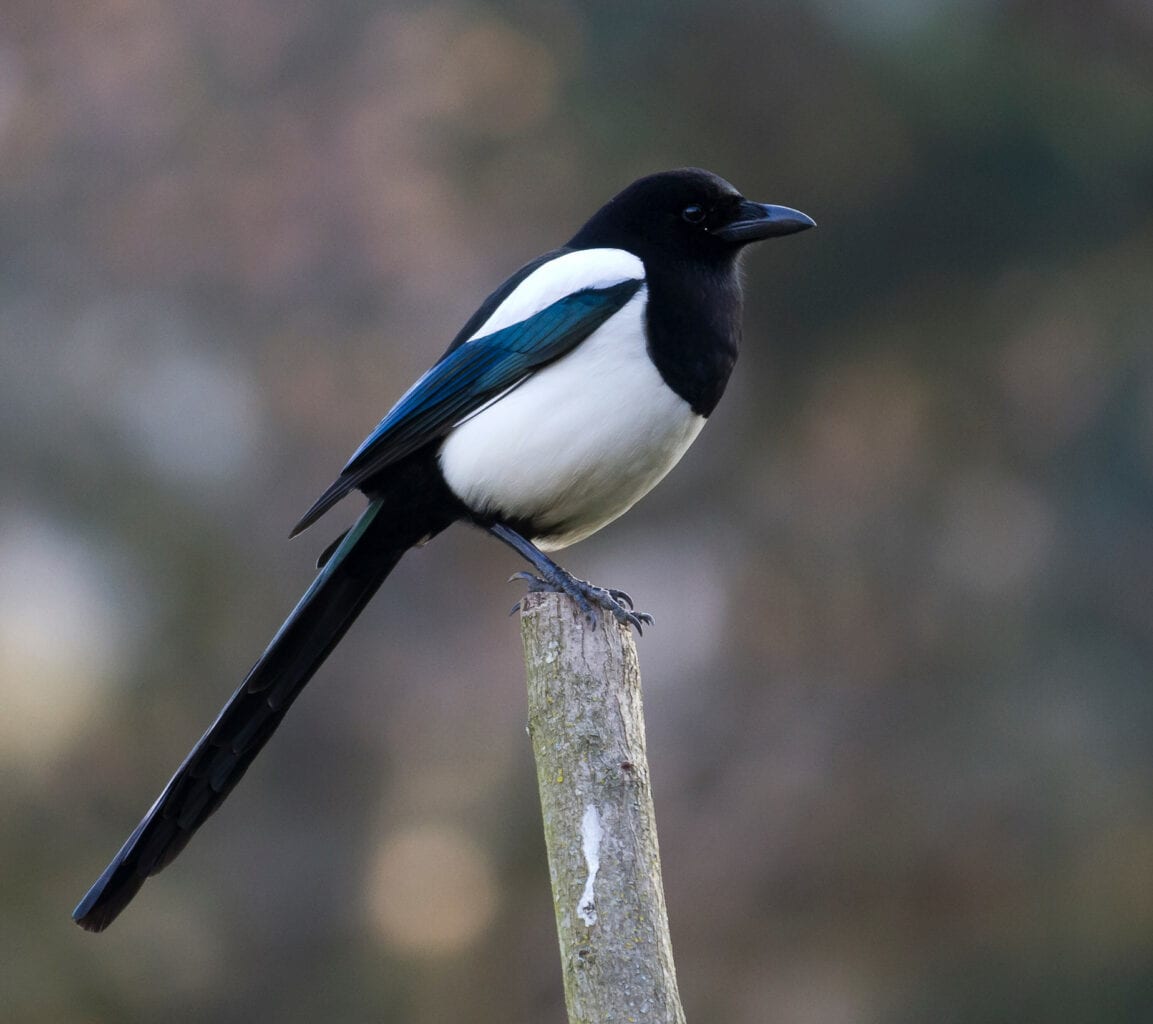
| Scientific Name | Pica pica |
| Where It Lives | Europe, Asia, North Africa, western North America |
| What It Eats | Insects, small mammals, fruits |
| Conservation Status | Least Concern, according to the IUCN |
Fun Fact: A group of magpies is called a parliament. We guess it’s because they look like birds in tuxedos.
The Magpie’s white and black plumage and long tail are easily recognized. They are one of the corvid family’s most widely distributed bird species. They are omnivores, feeding on various foods, from insects to fruits and seeds. Magpies have a reputation for stealing shiny objects. However, research suggests that this behavior is not typical.
6. Malayan Tiger
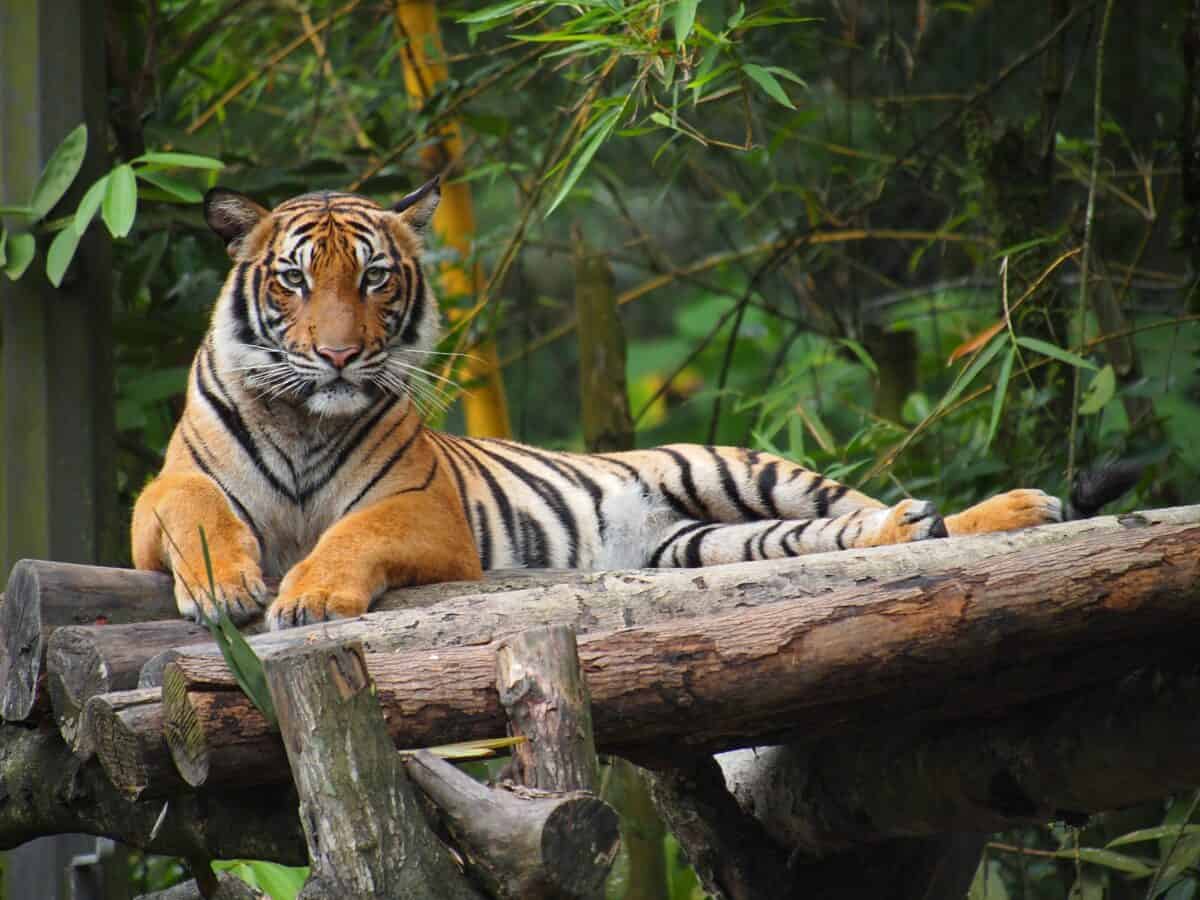
| Scientific Name | Panthera tigris jacksoni |
| Where It Lives | Central and southern Malay Peninsulas and rivers in Australia |
| What It Eats | Deer, bovids, wild boar |
| Conservation Status | Critically Endangered, according to the IUCN |
Fun Fact: Malayan tigers are excellent swimmers.
This tiger is found in Malaysia. They are territorial and will attack any male straying into their territory. The Malayan Tiger is found exclusively in the central and southern Malay Peninsula. There are fewer than 200 individuals estimated to remain in the wild. Unfortunately, they are threatened by poaching and habitat destruction due to logging and development. Malayan Tigers are solitary creatures, primarily nocturnal, and can swim remarkably well. They prey on deer, wild boar, and occasionally small elephants or rhinos.
7. Manatee
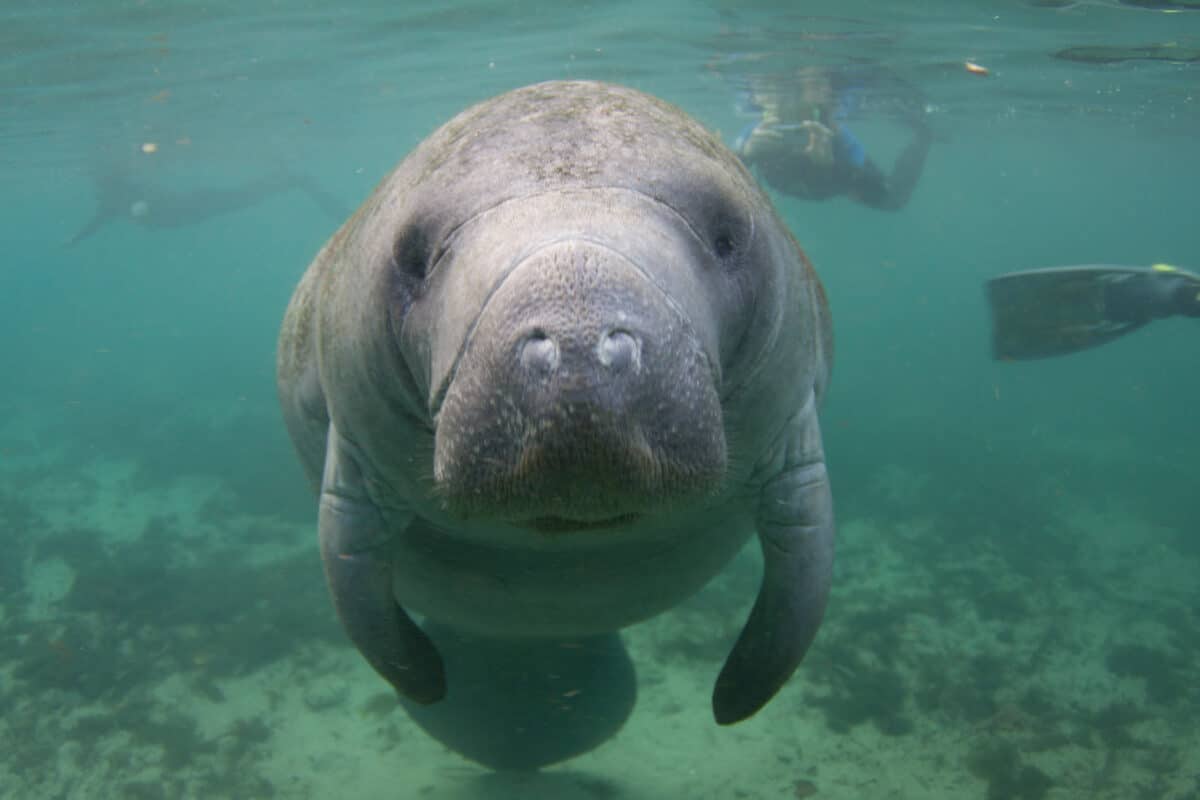
| Scientific Name | Trichechus manatus |
| Where It Lives | Warm coastal areas and rivers of the Atlantic Ocean |
| What It Eats | Aquatic plants |
| Conservation Status | Vulnerable, according to the IUCN |
Fun Fact: Manatees don’t have gills, so they sleep upside down near the water surface. This is to ensure that they can breathe while asleep.
There are three different species of the Manatee (also called sea cow). The West Indian manatee is found along the North American east coast from Florida to Brazil. The Amazonian manatee inhabits the Amazon River, and the African manatee is found in coastal and isolated inland mangroves in West Africa. These large aquatic mammals are herbivores. They are slow-moving and often referred to as gentle giants. Boat strikes are a significant cause of their mortality. However, they also face threats from habitat loss and pollution.
8. Mekong Giant Catfish
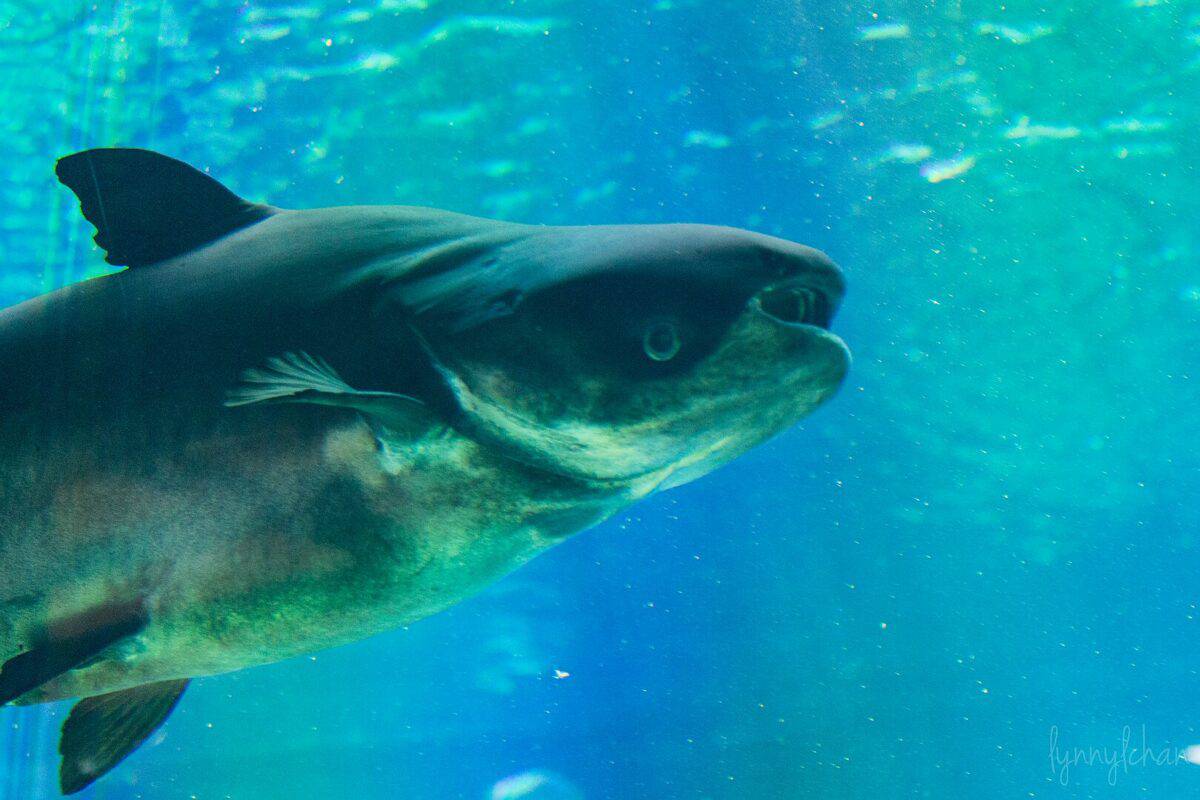
| Scientific Name | Pangasianodon gigas |
| Where It Lives | Mekong River basin in Southeast Asia |
| What It Eats | Algae, zooplankton |
| Conservation Status | Critically Endangered, according to the IUCN |
Fun Fact: The Mekong Giant Catfish doesn’t have scales; its body is entirely bare.
The Mekong Giant Catfish once thrived in the mighty Mekong River running through China, Myanmar, Laos, Thailand, Cambodia, and Vietnam. However, this species now faces extinction. They can grow to impressive sizes of up to 3 meters, weighing over 300 kilograms. Its decline is attributed to overfishing, habitat destruction, and the construction of dams disrupting migration routes. Conservation programs aim to protect and restore its natural habitat, including breeding programs to increase its dwindling population.
9. Man of War Jellyfish
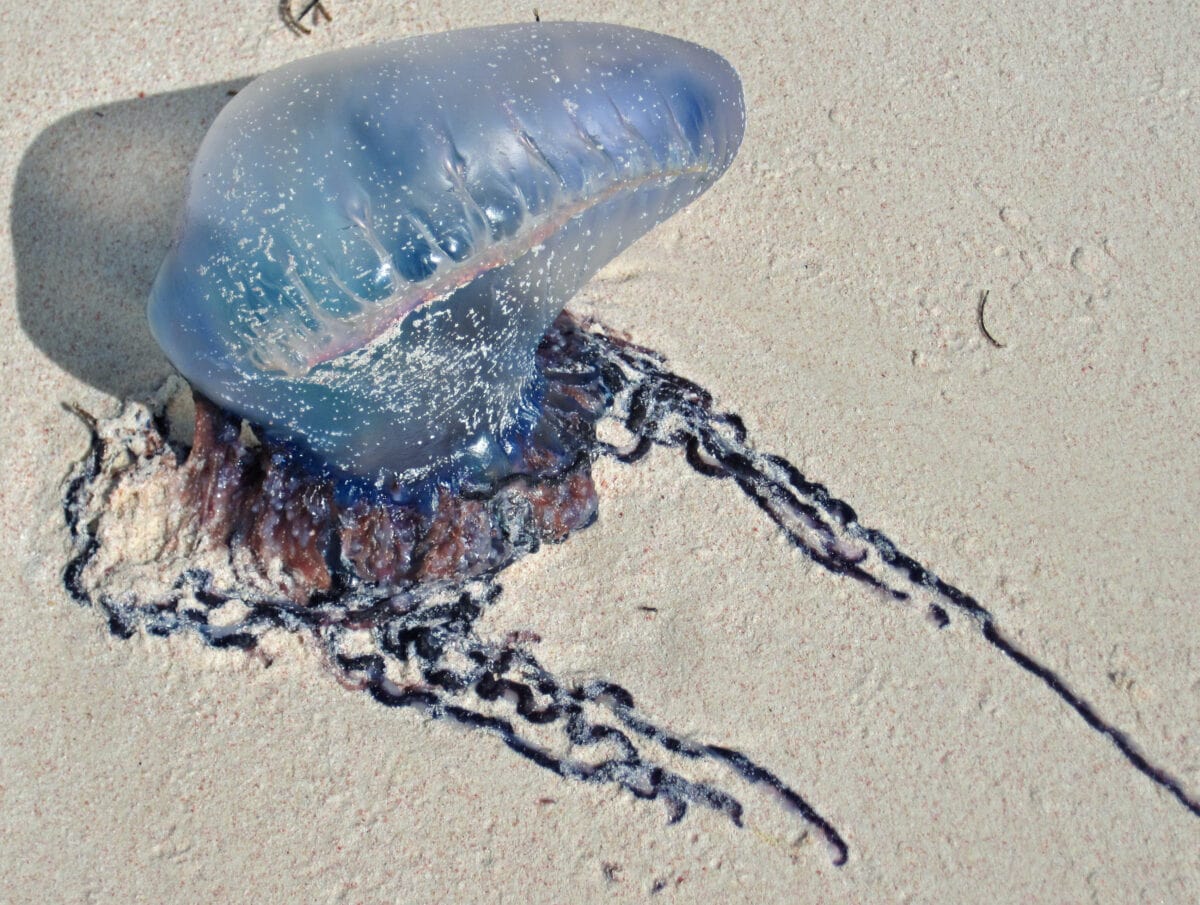
| Scientific Name | Physalia physalis |
| Where It Lives | Atlantic, Indian, and Pacific Oceans |
| What It Eats | Small fish and plankton |
| Conservation Status | Not Evaluated, according to the IUCN |
Fun Fact: The tentacles of a Man of War jellyfish have stingers that can be fatal to humans.
The Man of War Jellyfish is also known as the Portuguese Man o’ War because it resembles an 18th-century Portuguese warship under full sail. It is not a true jellyfish or a single animal. However, it is a colony of numerous organisms called polyps or zooids. These colonies are feared as their painful sting can cause serious harm. Their tentacles can extend up to 30 meters. They are found in warm tropical and sub-tropical areas around the world.
10. Mandrill
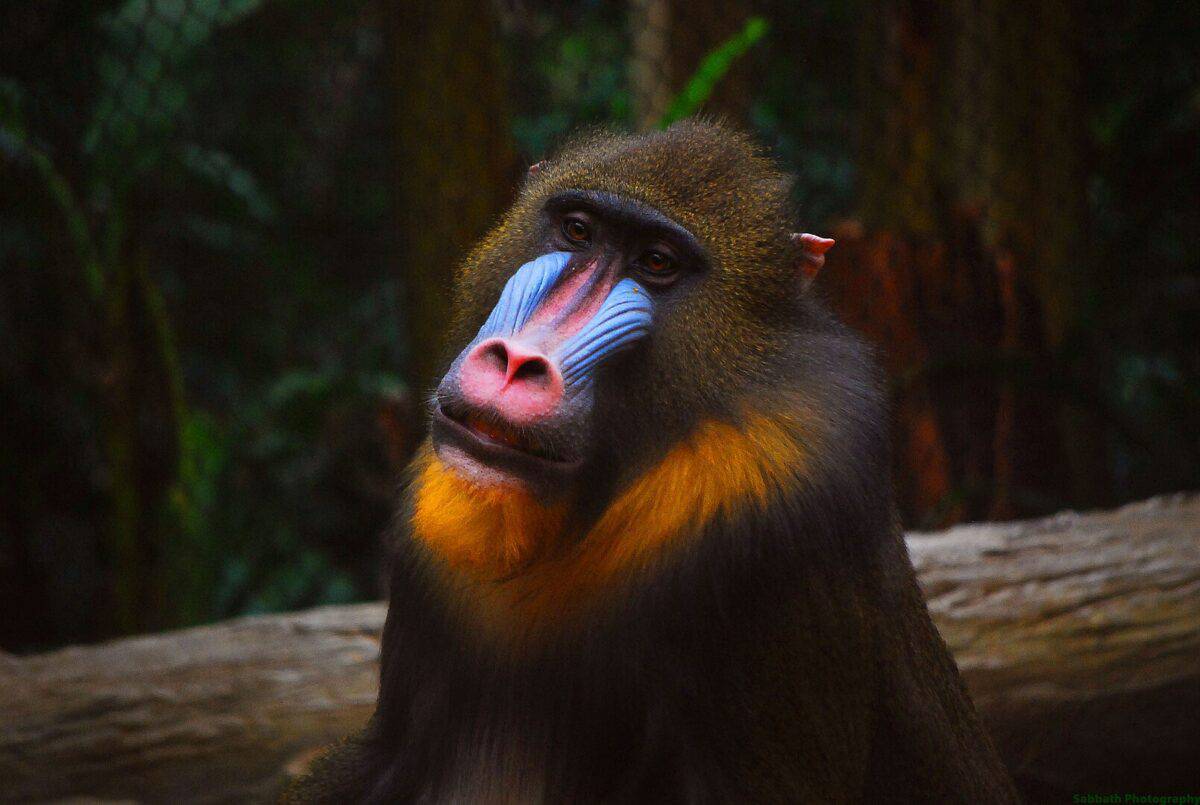
| Scientific Name | Mandrillus sphinx |
| Where It Lives | Rainforests of equatorial Africa |
| What It Eats | Fruits, seeds, insects, small animals |
| Conservation Status | Vulnerable, according to the IUCN |
Fun Fact: Mandrills store food in their cheek pouches.
The Mandrill is the world’s largest and most colorful species of monkey. They are native to the rainforests of central Africa. They are easily distinguished from other monkeys by their red and blue facial markings. These features are more pronounced in older males and affect social and mating behaviors. Mandrills live in large, hierarchical groups dominated by females. They are omnivorous, feeding on various fruits, seeds, insects, and small animals.
11. Mantella Frog
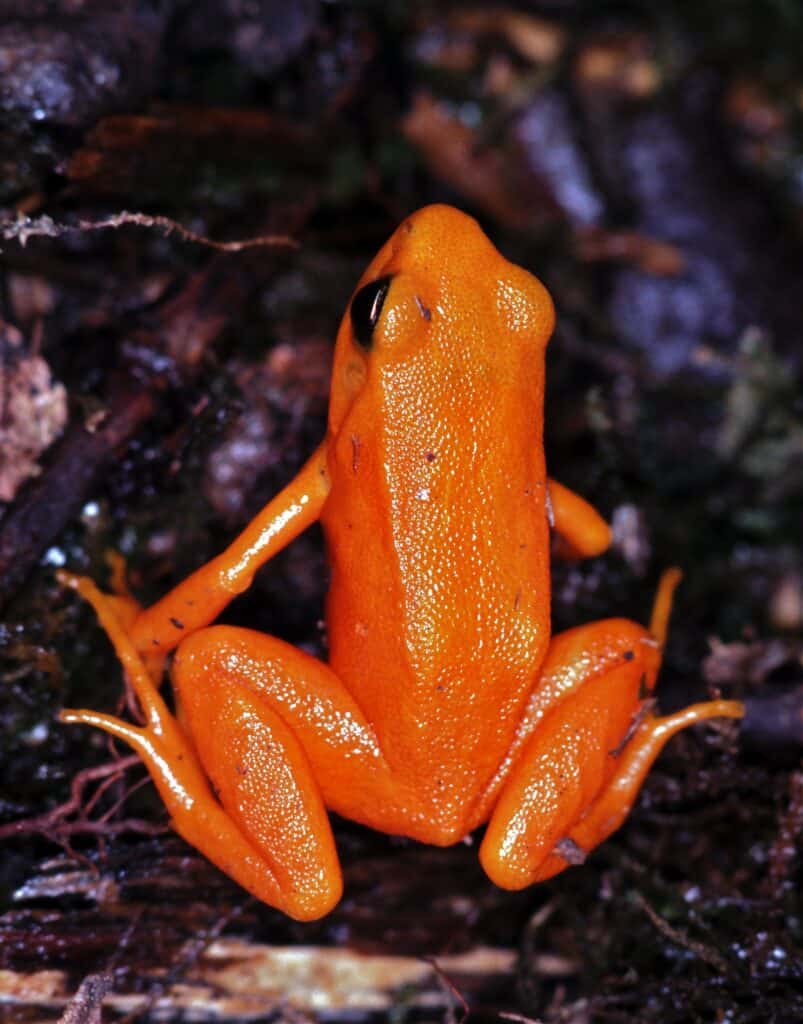
| Scientific Name | Genus Mantella |
| Where It Lives | Madagascar |
| What It Eats | Insects |
| Conservation Status | Varies by Species |
Fun Fact: Mantella frogs gain their toxins from the insects they eat.
The Mantella Frog is a small, brightly colored frog native to Madagascar. These frogs are part of a diverse genus, with different species exhibiting striking patterns and colors. Mantellas live in various habitats, from rainforests to arid areas. Their bright colors serve as a warning to predators about their toxicity. They are threatened by habitat loss and the illegal pet trade.
12. Mealybug
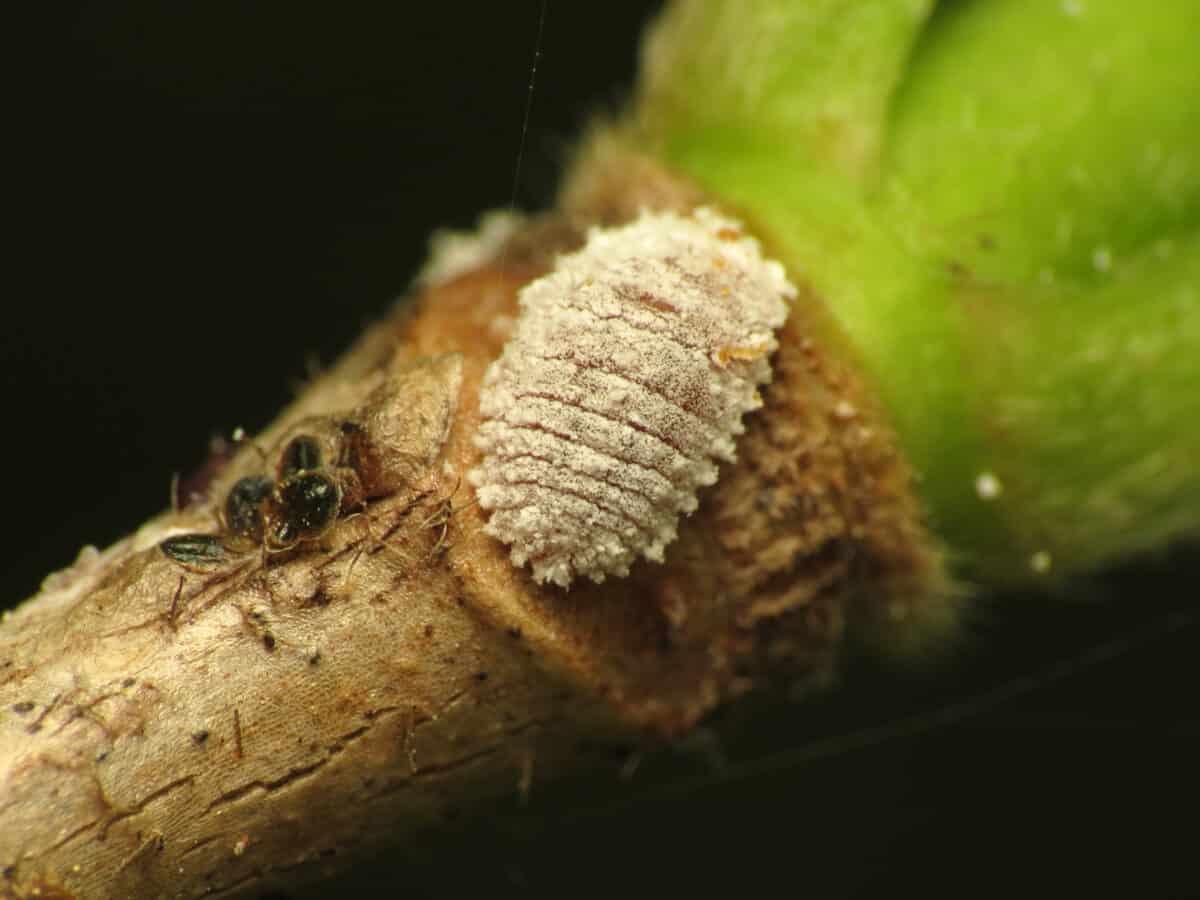
| Scientific Name | Family Pseudococcidae |
| Where It Lives | Worldwide on plants |
| What It Eats | Plant sap |
| Conservation Status | Not Evaluated |
Fun Fact: Mealybugs have a symbiotic relationship with ants. The ants give them protection while they excrete honeydew, which the ants eat.
Mealybugs are small, soft-bodied insects covered with a white, powdery wax coating. They are pests to many plants, feeding on sap and weakening them. Mealybugs can cause significant damage to crops, ornamental plants, and greenhouse production. Their populations are challenging to control because they reproduce rapidly and can be found in clusters under leaves and stems. Lady bugs have been used to control mealybug populations, to avoid using harsh chemicals.
13. Megamouth Shark
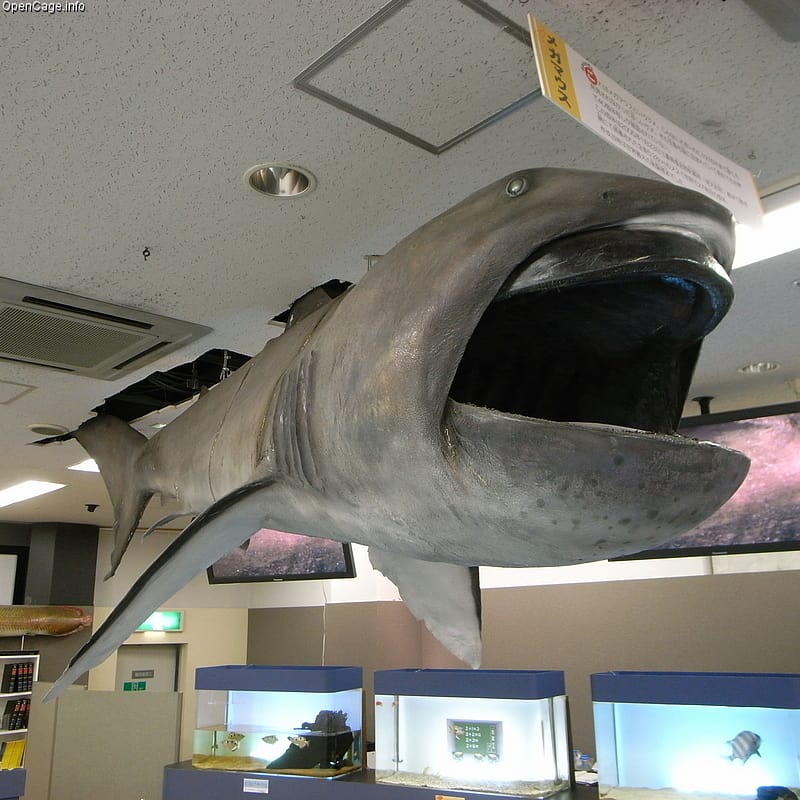
| Scientific Name | Megachasma pelagios |
| Where It Lives | Deep waters of the Pacific and Indian Oceans |
| What It Eats | Plankton, jellyfish |
| Conservation Status | Least Concern, according to the IUCN |
Fun Fact: Megamouth sharks have photophores around their mouths, emitting light that attracts their prey.
This rare species of deepwater shark is known for its enormous mouth and unusual appearance. It was discovered only in 1979 and sighted a handful of times in the deep waters of the Pacific and Indian Oceans. Using its massive mouth to filter feed, their diet consists mainly of plankton and jellyfish. They can grow up to 5 meters in length. Scientists are fascinated by the elusive behavior of this shark.
14. Monte Iberia Eleuth
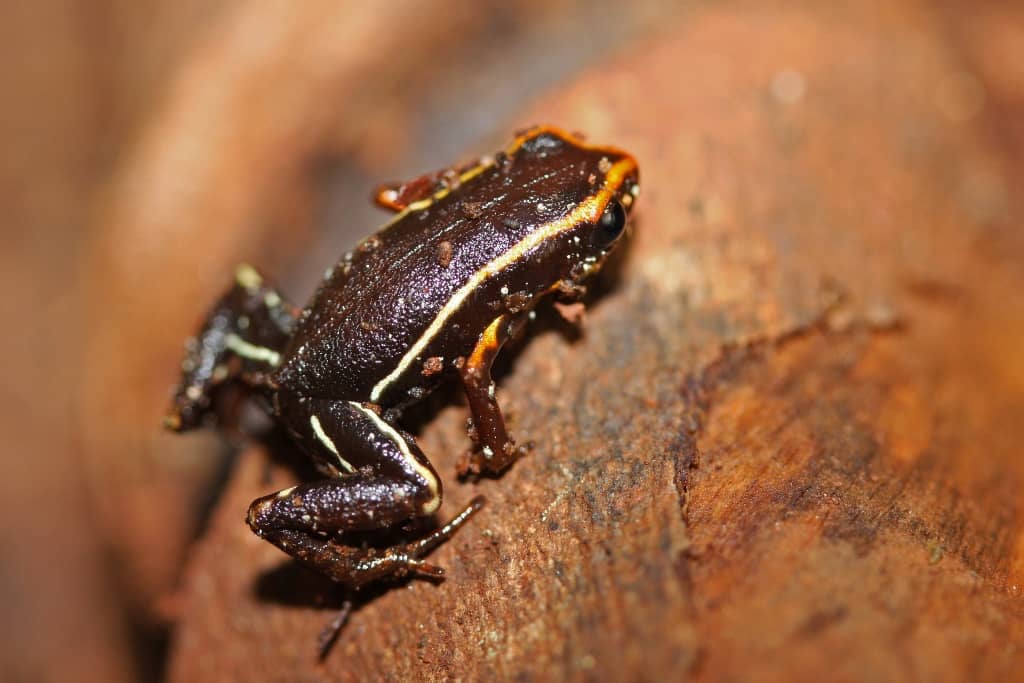
| Scientific Name | Eleutherodactylus iberia |
| Where It Lives | Cuba |
| What It Eats | Insects |
| Conservation Status | Critically Endangered, according to the IUCN |
Fun Fact: Monte Iberia Eleuths don’t develop from tadpoles. Instead, they hatch from their eggs as frogs.
The Monte Iberia Eleuth is one of the smallest frogs in the world. They are native to Cuba and found mainly in the humid forests of the Monte Iberia region. They are characterized by their dark coloration with distinctive light markings. The frog’s size makes it particularly vulnerable to environmental changes. Populations are threatened by deforestation and climate change.
15. Manta Ray
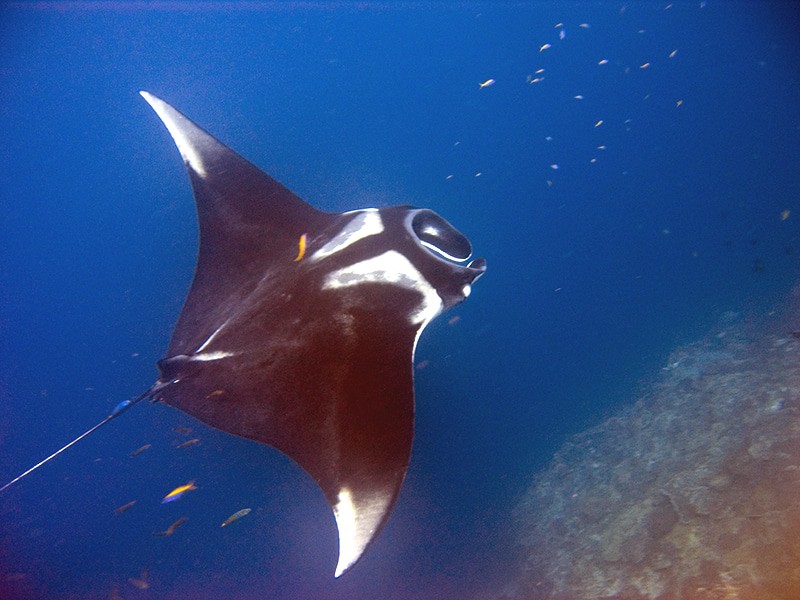
| Scientific Name | Genus Manta |
| Where It Lives | Tropical, subtropical, temperate waters worldwide |
| What It Eats | Plankton |
| Conservation Status | Vulnerable, according to the IUCN |
Fun Fact: Manta rays look a lot like stingrays, but they do not sting.
Manta Rays, the gentle giants of the ocean, have a large wingspan of up to 7 meters. Their diets consist mainly of plankton funneled into their mouths while moving. They are highly migratory and move worldwide from tropical to subtropical and temperate waters. They are threatened by fishing, however, conservation efforts aim to protect manta rays through marine protected areas and sustainable tourism practices.
16. Mole

| Scientific Name | Family Talpidae |
| Where It Lives | North America, Europe, Asia |
| What It Eats | Earthworms, invertebrates |
| Conservation Status | Least Concern, according to the IUCN |
Fun Fact: Mole eyelids are thin enough to let light pass through and never open. That is to protect the eyes from dirt.
Moles are small, burrowing mammals with velvety fur, tiny eyes, and no external ears. They have adapted to a subterranean lifestyle, with powerful forelimbs and large paws designed for digging. Moles are found on every continent except South America and Antarctica. They feed on earthworms and other invertebrates in the soil. They play an essential role in aerating the soil and controlling insect populations.
17. Mink
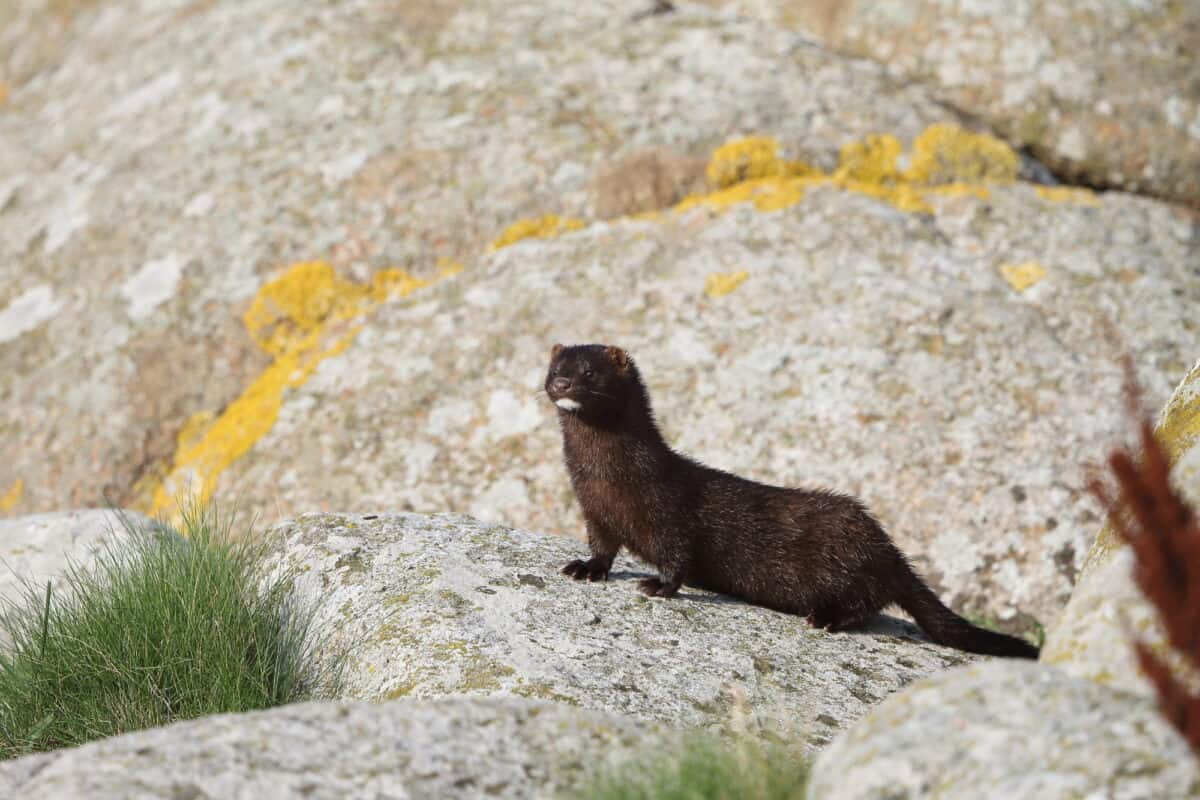
| Scientific Name | Neovison vison (American), Mustela lutreola (European) |
| Where It Lives | North America, Europe by water bodies |
| What It Eats | Fish, birds, small mammals |
| Conservation Status | American: Least Concern, European: Critically Endangered, according to the IUCN |
Fun Fact: Mink coats are water-repellent and laced with oil. This is why they’re highly sought-after for their fur.
Minks belong to the Mustelidae family, which includes weasels, otters, and ferrets. They have sleek, dark fur, which has made them a target for the fur industry. Minks are found in North America and Europe, living near water bodies where they hunt fish, birds, and small mammals. Their webbed feet allow them to swim efficiently. Hunting and habitat loss have affected wild mink populations, while farmed mink have raised concerns about animal welfare and environmental impact.
18. Moray Eel
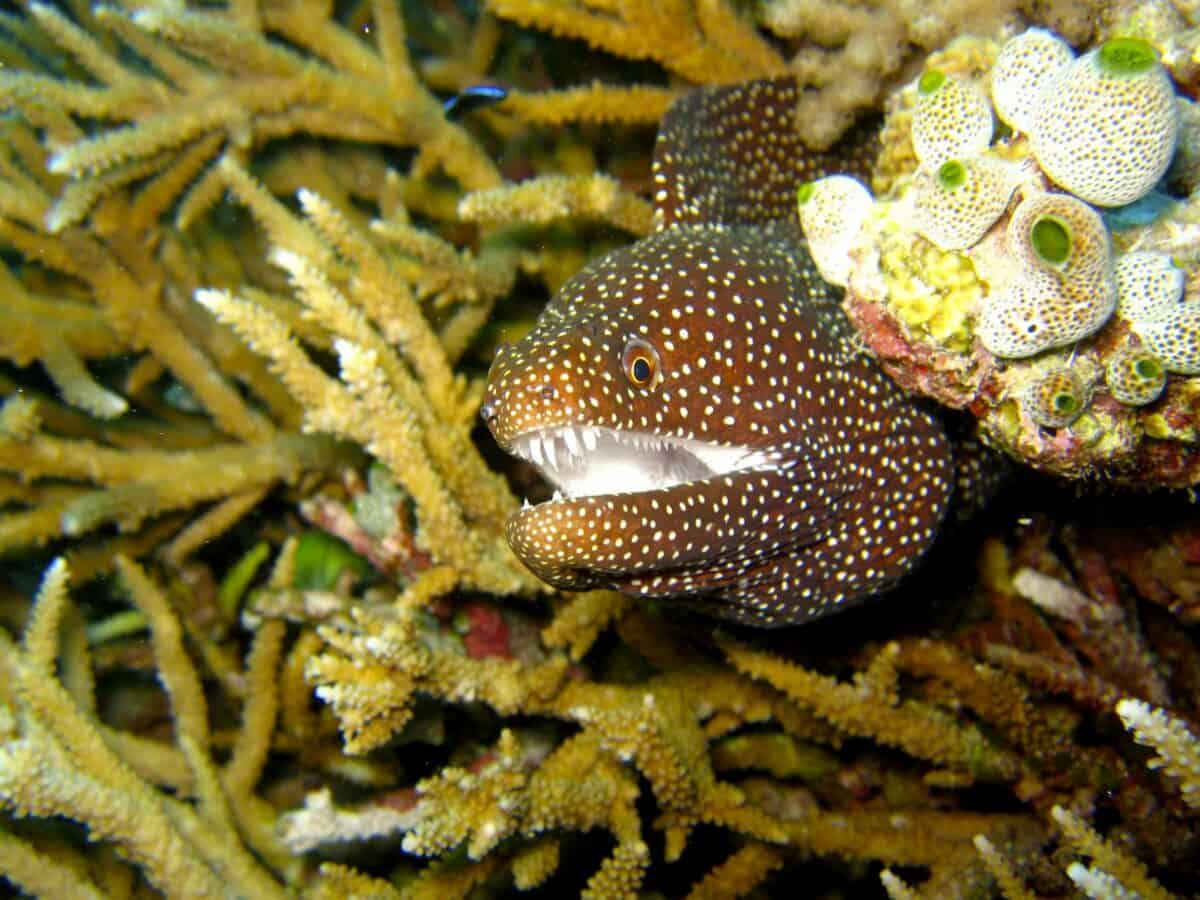
| Scientific Name | Family Muraenidae |
| Where It Lives | Warm and temperate seas worldwide |
| What It Eats | Fish, cephalopods |
| Conservation Status | Not Evaluated |
Fun Fact: The moray eel has a second jaw in its pharynx to help it swallow its prey.
Moray Eels are a group of giant, predatory eels found in warm and temperate seas worldwide. They are known for their elongated bodies extending several meters long. Moray eels often lurk within crevices and rocks on coral reefs, waiting to ambush prey. They have a unique way of feeding, using a second set of jaws in their throat to help swallow food. Despite their menacing look, moray eels are shy and pose no threat to humans unless provoked.
19. Monkfish
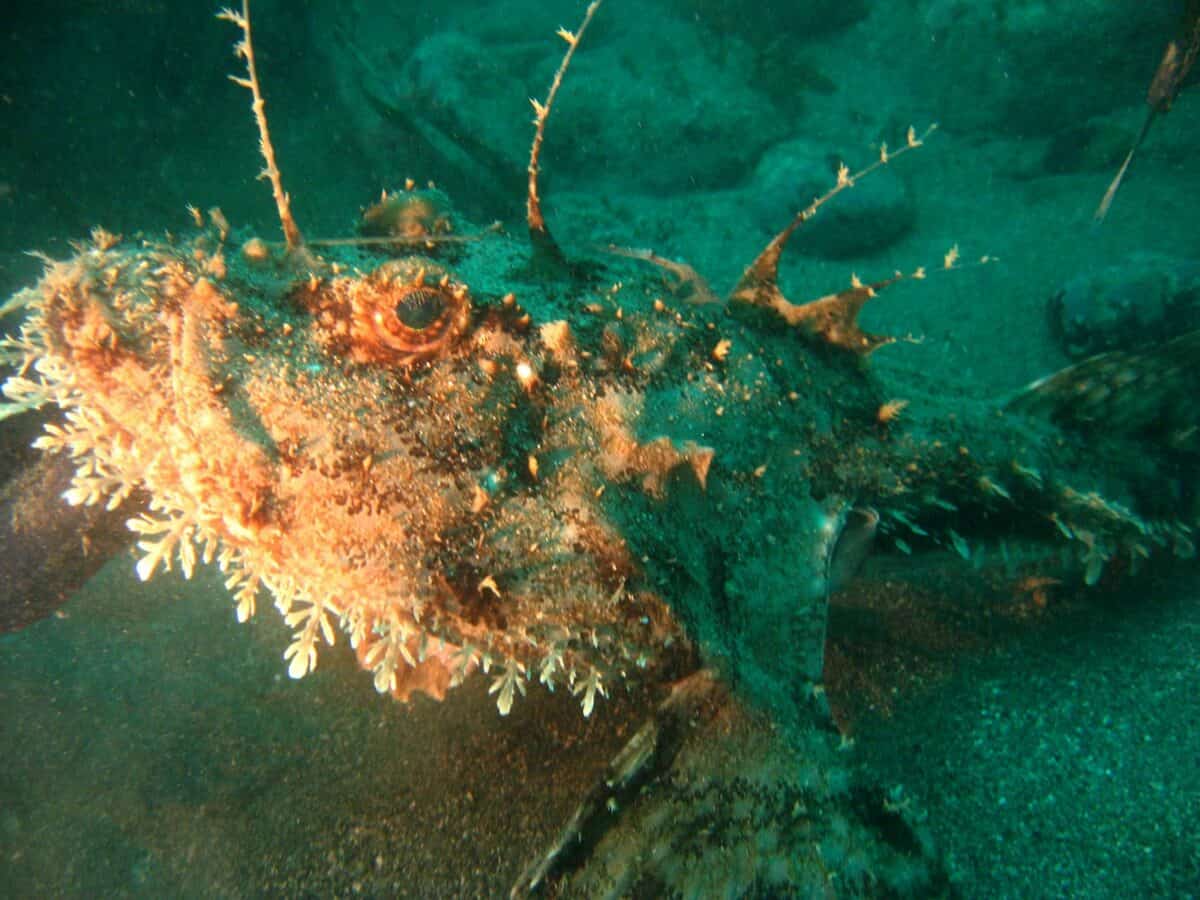
| Scientific Name | Lophius piscatorius |
| Where It Lives | North Atlantic |
| What It Eats | Fish, mollusks, crustaceans |
| Conservation Status | Not Evaluated |
Fun Fact: Monkfish are fierce carnivores. They have been known to eat seabirds and even otters.
Monkfish, or anglerfish, are found in the North Atlantic Ocean. They have a grotesque appearance, with a big head, mouth, and a lure that protrudes from their forehead, used to attract prey. Monkfish are bottom-dwellers that feed on fish mollusks and crustaceans. Despite their unappealing look, monkfish are highly valued for their meat, a delicacy in many cuisines. Conservation concerns have arisen due to overfishing. However, regulations have been put in place to ensure sustainable fishing practices.
20. Muntjac
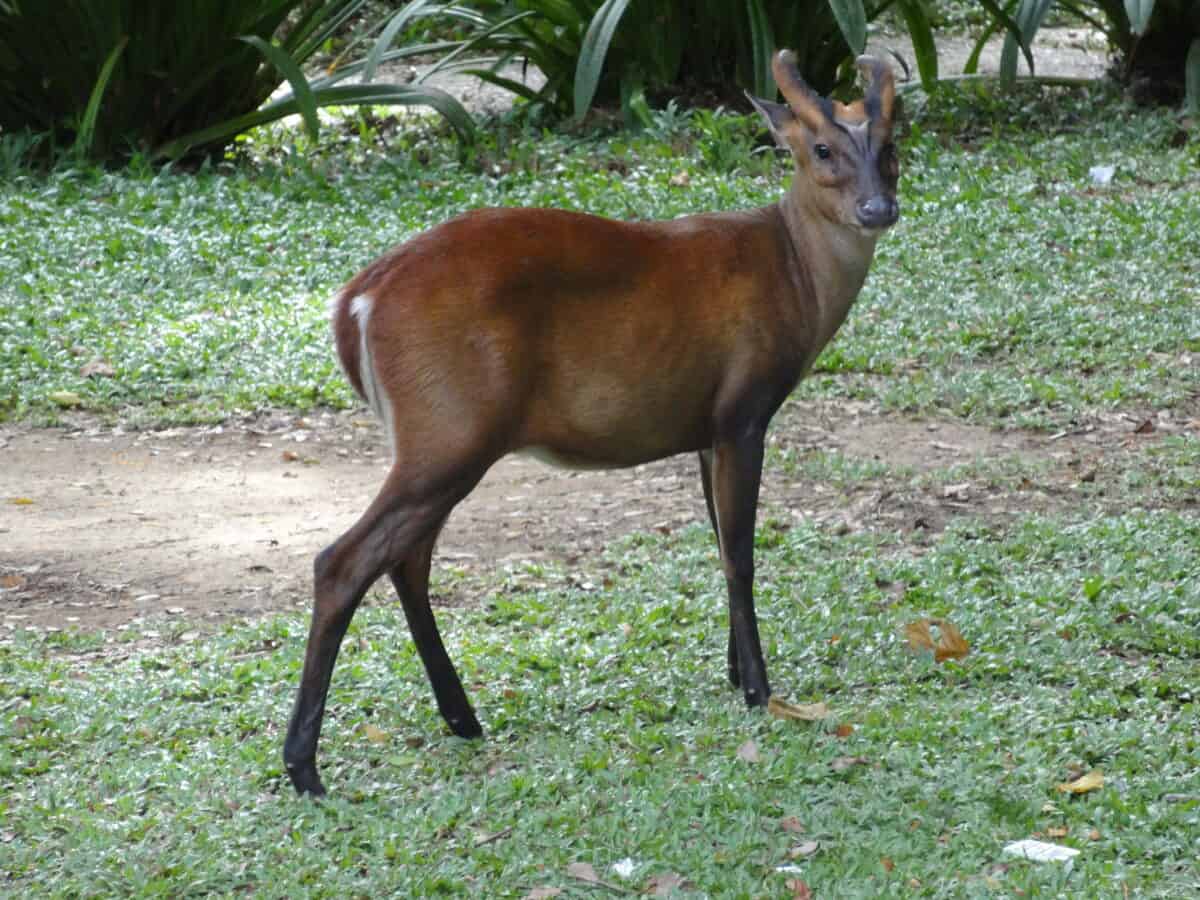
| Scientific Name | Genus Muntiacus |
| Where It Lives | South and Southeast Asia, introduced elsewhere |
| What It Eats | Herbs, blossoms, shoots, small animals |
| Conservation Status | Varies by Species |
Fun Fact: Muntjacs are the smallest deer in the world. They have a shoulder height of 15 to 25 inches.
Muntjacs, or barking deer, are small deer native to South and Southeast Asia. They have received their nickname from the dog-like barks they emit when alarmed. Muntjacs are among the oldest deer species. Males have pronounced canine teeth. They are omnivores and feed on herbs, succulent shoots, and sometimes small animals. They have an impressive adaptability. Some species have been introduced to other parts of the world, where they have thrived, sometimes to the detriment of local ecosystems.
Summary of Animals that start with M
Many other animals start with M and don’t make this list. Were there any you know that we missed? If so, we can make that up to you with this other list of animals that start with S.
Get all Animals from A-Z here:
- Animals That Start With A
- Animals That Start With B
- Animals That Start With C
- Animals That Start With D
- Animals That Start With E
- Animals That Start With F
- Animals That Start With G
- Animals That Start With H
- Animals That Start With I
- Animals That Start With J
- Animals That Start With K
- Animals That Start With L
- Animals That Start With N
- Animals That Start With O
- Animals That Start With P
- Animals That Start With Q
- Animals That Start With R
- Animals That Start With S
- Animals That Start With T
- Animals That Start With U
- Animals That Start With V
- Animals That Start With W
- Animals That Start With X
- Animals That Start With Y
- Animals That Start With Z
Thank you for reading!
Join our Forum for free today!

- These are The 5 Largest Great White Sharks Ever Recorded - July 19, 2024
- The Surprising Benefits of Big Game Hunting - July 18, 2024
- $100k+ Hunting Experiences The Most Expensive Animals to Pursue - July 17, 2024

